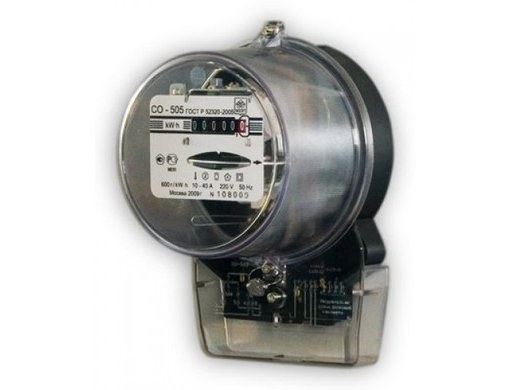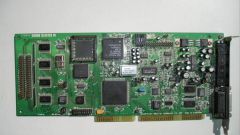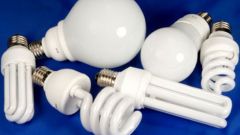The types of meters
Electricity meters by type of action are divided into induction and electronic devices. Induction devices work on the magnetic induction that causes the magnetic circuit and the same device in the movement due to the flowing current. Features of induction meters is a weak defense against theft, limited additional functions, increased private consumption and low accuracy class.
Electronic meters are devices that are equipped with a shunt that serves as a current sensor, and a microcircuit Board that is designed to collect readings and displays them on the same screen. The features of such meters – multi-tariff metering, high accuracy class and save the data on energy consumption.
Reliable and affordable induction meters were widely used in the twentieth century – today they are replaced with accurate electronic meters.
Today housing and communal services in a planned and mass-replacing old electricity meters in homes. This is due to the fact that people began to acquire energy-intensive household appliances – microwaves, air conditioners, electric stoves, washing machines and other equipment which overloads the household electricity and can cause fire.
The shelf life of the meters
The maximum period of operation of electricity meters, having accuracy class 1.0 and 2.0, is not more than sixteen years since their release. Operation of the meters of accuracy class 2.5 allowed until the end of the period of state verification (determination of the errors counters of the special metrological service).
To change the meter without notifying the organization and sales prohibited – you must call her representative who will give permission to install a new device.
The average service life of electricity meters, according to the passport data specified by the manufacturer, is thirty years. To replace them is required if they have exhausted their resources, and their service life has expired. Remember that replacement device that measures the amount of power consumed and installed in the living room, which is the property of the consumer, is performed solely at his expense. This rule applies not only in urban apartments, but also private households.







